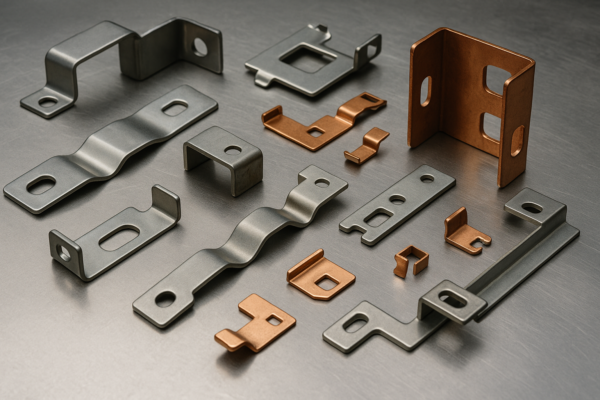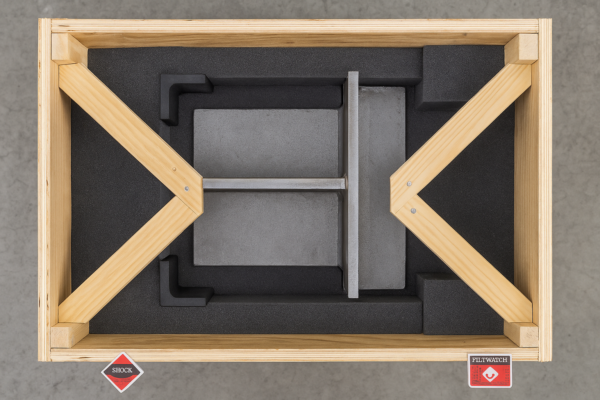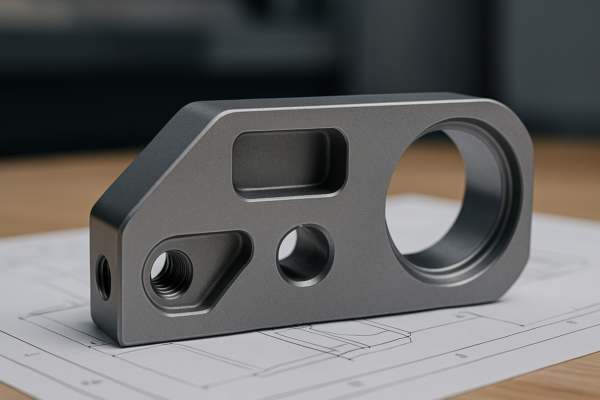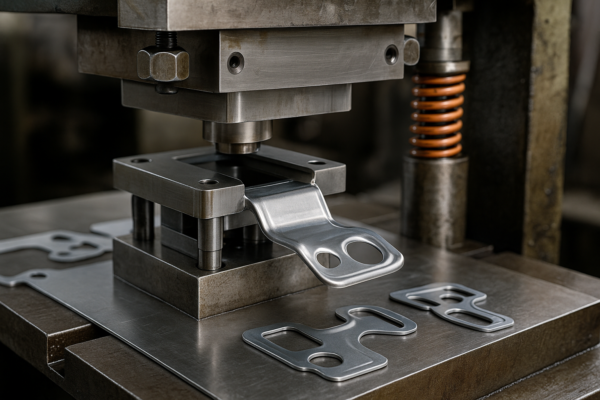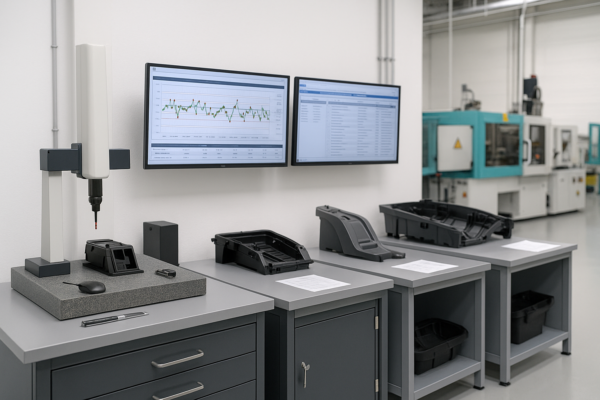What pound hammer is best for blacksmithing?
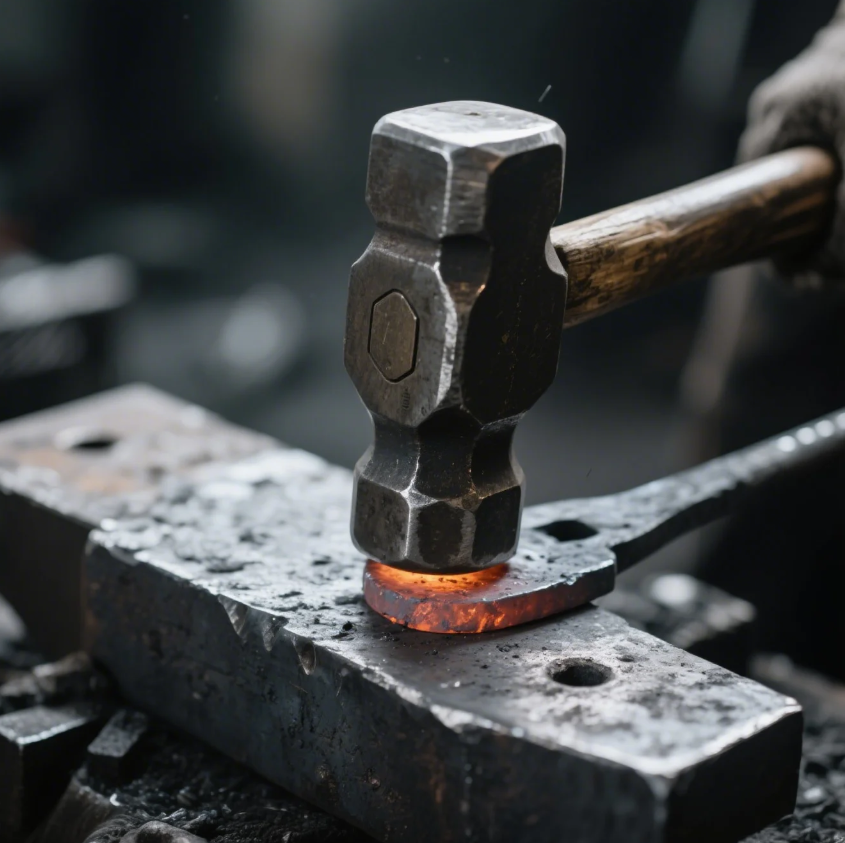
Blacksmiths often struggle with hammer weight—too heavy, you lose control; too light, you waste energy.
Choosing the right blacksmithing hammer weight improves precision, reduces fatigue, and enhances forging efficiency.
Learn how different hammer weights affect forging and avoid common mistakes many beginners make.
LOOP_START
What weight hammer should a blacksmith use?
Most blacksmiths don’t know the right hammer weight. They either overwork their arm or underperform their forge.
A 2 to 3-pound hammer is ideal for most blacksmithing work, offering a balance of control and impact.
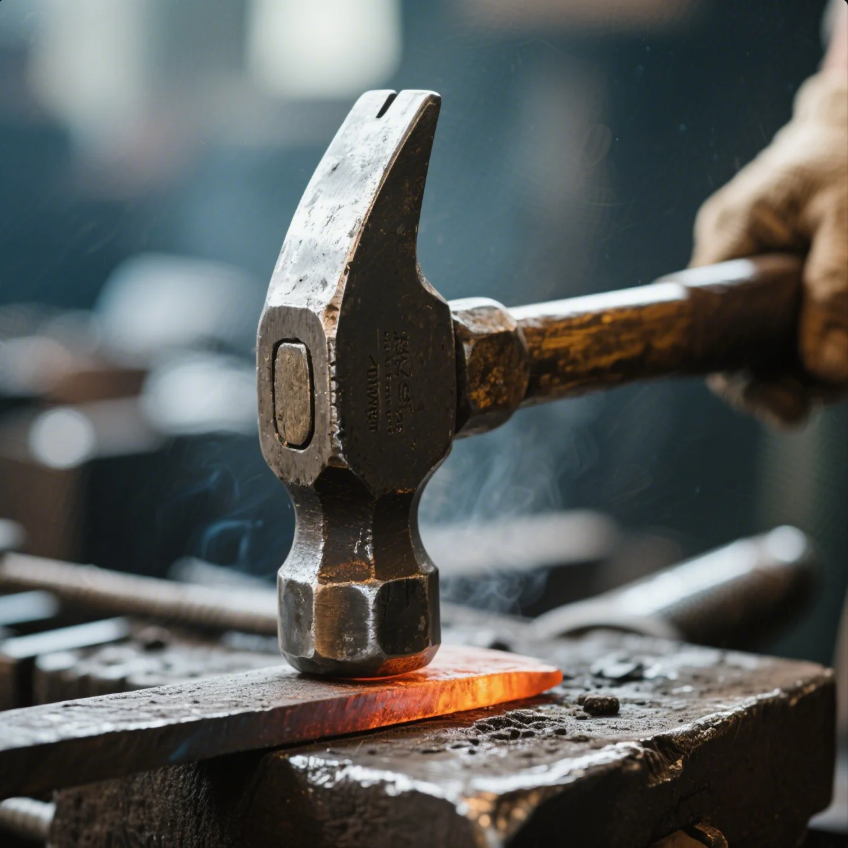
Why the 2–3 Pound Range Works Best
From my experience, this weight range allows me to forge long hours without arm strain. It gives enough mass to shape hot steel while maintaining swing control. Most professionals I’ve met, including those sourcing custom forged parts suppliers, agree—efficiency is in the middle ground.
Comparing Hammer Weights
| Hammer Weight | Use Case | Pros | Cons |
|---|---|---|---|
| 1–2 lbs | Light detail work | Easy to control | Not enough force for thick metal |
| 2–3 lbs | General forging tasks | Balanced power and control | Can feel light for heavy work |
| 4+ lbs | Heavy-duty forging | Powerful, great for big jobs | Causes fatigue quickly |
When I was sourcing ISO-certified forging parts suppliers for a heavy industrial project, I tested a 4.5-pound hammer. Yes, it hit hard—but after 30 minutes, my shoulder was done. Switching back to a 2.5-pound model increased both my stamina and output.
LOOP_END
LOOP_START
How heavy of a hammer do I need?
Many beginners think heavier is always better. That’s a painful mistake—literally.
Your ideal hammer weight depends on your strength, forging style, and workpiece thickness.
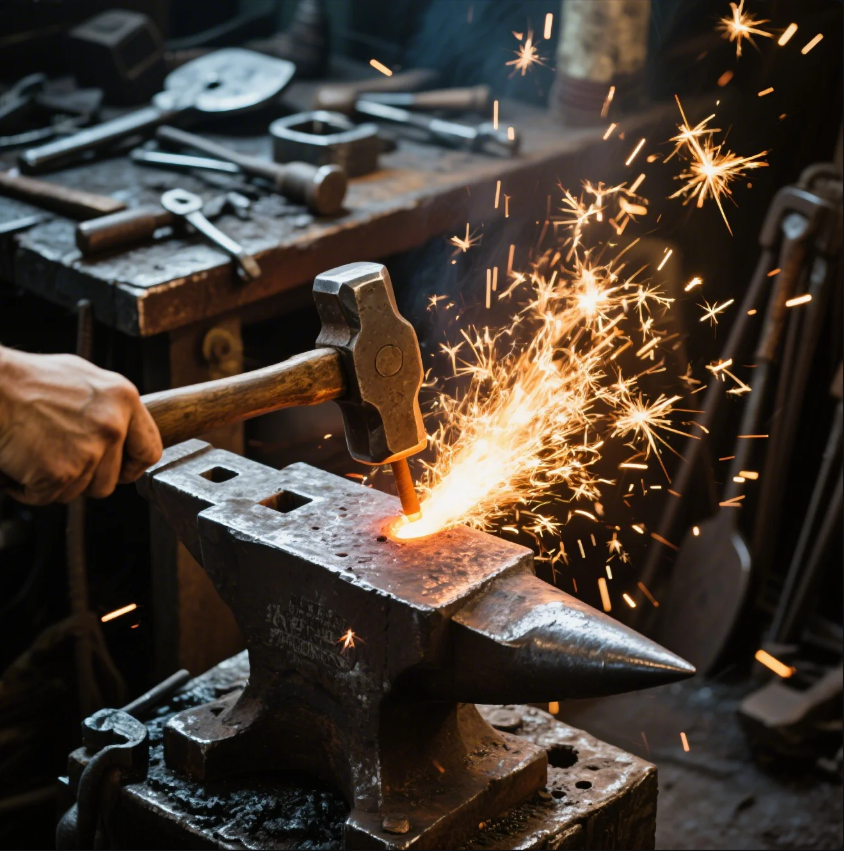
Assessing Your Personal Comfort Zone
I used to think a heavier hammer meant faster results. But after weeks of soreness and less precision, I realized my hammer should match me, not the job alone.
Choosing Based on Application
| Hammer Type | Suggested Weight | Best For |
|---|---|---|
| Cross Peen | 2–3 lbs | Drawing out steel, general work |
| Rounding Hammer | 2–4 lbs | Smoothing, shaping |
| Sledgehammer | 6+ lbs | Heavy forging, striking with team |
In CNC and precision-forged metal part machining, accuracy matters. So does comfort. That’s why Prime’s tooling standards emphasize ergonomic balance. In fact, when clients order CNC parts with tight tolerances, we help advise tool compatibility, including hammer use in manual processes.
LOOP_END
LOOP_START
Why do blacksmiths tap the hammer on the anvil?
It’s not a quirky habit. It’s a smart move.
Tapping the hammer helps maintain rhythm, clear debris, and guide muscle memory between strikes.

Rhythm, Not Randomness
I tap the hammer between strikes to reset my swing arc. It’s like a drummer keeping tempo. This habit avoids overstriking and lets me regain control—especially during long sessions.
Tap Timing and Technique
- During Forging: Helps reset wrist tension and maintain flow.
- Between Heats: Clears scale off the face of the anvil.
- With Beginners: Builds muscle memory and forging consistency.
In shops that supply custom stamping parts for machinery like we do at Prime, precision begins at the forge. Even something as small as a tap helps preserve consistency—especially when preparing prototypes for client approval.
LOOP_END
LOOP_START
Which hammer is used for heavy forging work?
When it’s time for serious mass movement, only one type of hammer stands up.
Sledgehammers over 6 pounds are commonly used for heavy forging and team striking setups.
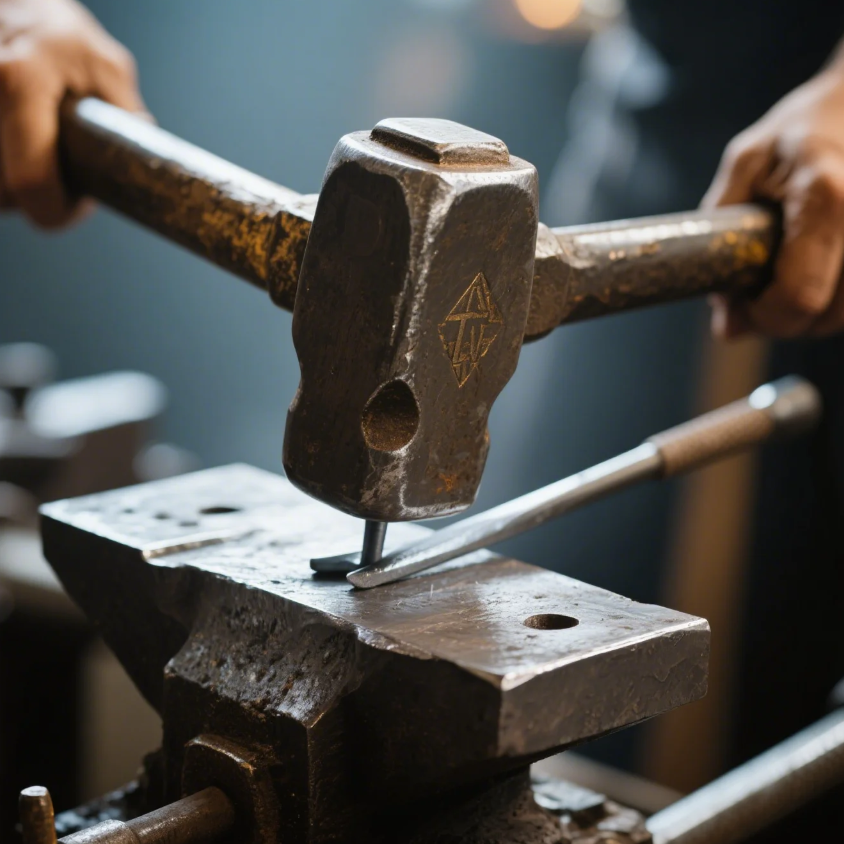
When You Need Power, Go Big—Carefully
I’ve worked on large die-forging molds, where standard hand hammers just don’t cut it. We used 8-pound sledges and sometimes had a striker hit under my guidance.
But not every workshop is made for that. Safety, endurance, and workspace limits matter.
Types of Heavy Hammers
| Hammer Type | Typical Weight | Use Case |
|---|---|---|
| Straight Peen | 4–6 lbs | Thick stock forging, edge shaping |
| Sledgehammer | 6–12 lbs | Large deformation, power forging |
| Dog Head | 4–5 lbs | Top-down control, used in Japan |
If you’re sourcing from a heavy-duty metal forging supplier, you’ll notice they often use hydraulic or air hammers. At Prime, our casting parts production lines mimic that force—automating where a sledge would normally be needed.
LOOP_END
Conclusion
The right hammer improves control, reduces fatigue, and makes blacksmithing far more productive.
If you’re a buyer sourcing industrial forging tools or custom machined metal parts, don’t guess what works—ask the experts. Contact Prime today for free consultation, fast quote, and tailor-made solutions. Our ISO-certified production lines, fast delivery, and 20+ years of experience help global clients like you get top quality, fast.

